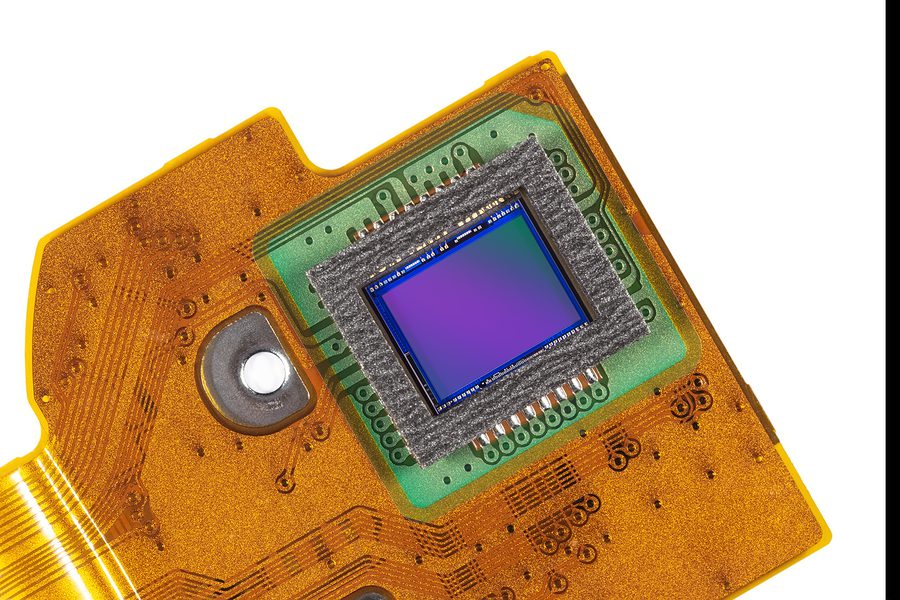Best Practices for Designing Rigid Flex PCB in Electronic Manufacturing

There is a big demand for electronics to get smaller while becoming more sophisticated. This has designers and electronic manufacturers relying heavily on flexible PCB boards. Rigid flex PCBs often fit the bill. With a rigid flex PCB, you get the strength of the rigid board while enjoying some advantages of the flexibility and versatility found in flex PCBs. This allows you to occupy less space and use fewer wires, cables, plug-in connections, and solder joints compared to traditional boards. However, rigid flex PCBs do come with some challenges you’ll want to keep in mind when determining if rigid flex is the best choice for your printed circuit boards. Here are some guidelines you will need to follow:
Keep Bend Lines Clear

Rigid flex PCBs have bend lines that will affect circuit routes. In order to avoid material stress from frequent bending, it is best to leave at least ½ mm clearance between any components and adjacent vias. Mechanical stress can still be a concern even when components are properly spaced. This can be reduced by incorporating plating to mounts to add additional support.
Decrease Stress Points
Simply offsetting traces will decrease stress points and weak spots on your rigid flex PCB. This prevents the traces from laying over each other in the same direction. Distributing stress more evenly across all traces will strengthen the PCB.
Route Trace Placement
You can further reduce stress across your PCBs by routing traces along the bend line horizontally. In addition, utilizing trace routing will add stiffness to the flex circuit when moving between layers and from rigid to flex.
Bolster Traces
Tight bends or an increased thickness at the bend area increase the chances for failure. This is because there is a high risk of components detaching from the substrate due to frequent bending. To reduce this stress, traces can be bolstered with pad support.

Effects of Metal Plating
Heavy copper, gold, or nickel plating decreases flexibility at the bend and allows mechanical stress and fracturing to occur. This can be avoided by positioning copper traces to the right angle of the rigid flex. Designers can further avoid stress by using curved traces and radial bends instead of harsh angles.
Proper planning and good communication between designers and on-site engineers will result in a successful rigid flex PCB. Bringing your electronic contract manufacturer on board early in the process can help, too. Levison Enterprises is a turnkey solution and can manufacture robust and reliable rigid flex PCB circuits based on the unique specifications of your project. Contact us today to learn more about the benefits of partnering with an experienced ECM, and let’s start planning your next innovation.
Start Your Quote Now!